5 Reasons Why European Cars Aren’t Big Sellers In America

I’ve not had the pleasure of visiting England, or France, or Germany, or anywhere outside North America. That’s unfortunate, because I have car buds all around the world that I’d love to hang out with more than once a year, or worse, online in a Gran Turismo 6 lobby. That’s not to say I don’t know anything about the global car scene. It’s pretty much my job to have at least a few fingers on the international automotive pulse, albeit with an American perspective.
Which brings me to the crux of this article—why European cars, in their current form anyway, will never be a big hit in the United States.
Now, when I say European cars, I’m not just talking about the BMWs, Audis, Mercs and VeeDubs that we get. I’m also talking about the stuff we don’t get, and frankly that makes me a bit jealous at times. At least we’re finally getting the cool Focus RS, but I’d get a kick out of wheeling around in a Citroen C4 diesel. For a little while, anyway.
Sadly, my views place me among a minority of Americans. Since many CTzens don’t hail from the United States, let me tell you a bit about why we’re not terribly interested in European cars.
1. Government regulations
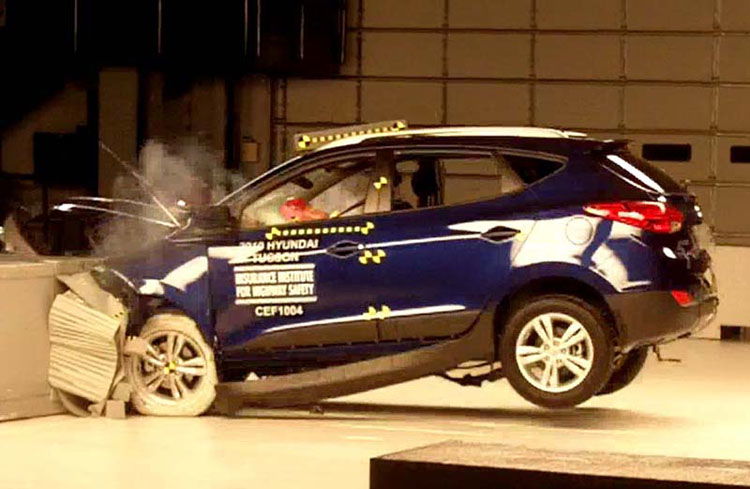
For starters, doing business in the United States isn’t that easy when it comes to cars. We have rigorous crash standards to meet that require all kinds of testing, and for many manufacturers it’s just not worth the effort. We also have different emission and economy standards to meet, the latter of which I find particularly amusing since there are no shortage of small diesel hatchbacks on the other side of the planet easily capable of topping 50mpg. Personally I feel they’re a better alternative to the batch of hybrid or all-electric vehicles currently being worshipped here in the States. But again, I’m the minority.
By comparison, my dad is positively giddy because his 2015 Chevrolet Silverado extended cab 4WD pickup truck gets 21mpg. Yeah, we’re talking about a 2500-pound car with 1.6 diesel versus a 5500-pound truck with a 5.3-litre V8, but still, 21 mpg is good fuel mileage to the average American. And this brings me to the next point.
2. We like our big vehicles
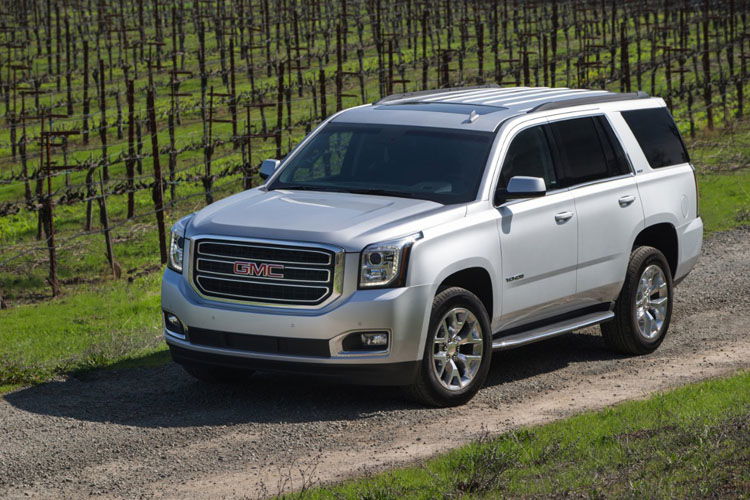
Overall, American cars are smaller and most definitely more buttoned down in the handling department than they used to be, and that’s good for enthusiasts. But most Americans still equate size with luxury and performance, while small cars are looked upon as basic or entry-level, no matter how awesome they are.
That’s why we never got cars like the Cosworth Escort, or the Lancia Delta Integrale, and it’s also why it took so long for the Focus RS to arrive. Never mind the amazing performance of these machines—in the eyes of most American car buyers they’re still just small, entry-level compact cars. And who’s going to pay $35,000 for a tiny car like that when you can buy a mid-size Chevrolet Traverse SUV or a V6 Dodge Charger for the same amount?
3. We like our power

In a similar fashion, this is why we don’t have fleets of diesel hatchbacks. Through the 1970’s and 1980’s we didn’t have much choice but to accept the low-horsepower cars that were given to us, but they still had some hefty torque so they felt muscular, even if they were still taking 10 seconds to hit 60 mph. That’s why turbocharged cars like the SVO Mustang and even the Grand National weren’t big hits through the 1980s, despite their performance envelopes that equaled, or with the Grand National, exceeded their V8 counterparts.
And as long as petrol remains cheap, that’s the way things will stay in America. Even back in 2009 when our petrol prices topped $4 a gallon, many people kept right on trucking with their SUVs getting 13 mpg, paying $100 every couple days to fill the tank. And I know many of you are reading this and thinking that $4 is cheap, but that doesn’t matter to drivers who equate their success with the size of their vehicle. At least the whole ordeal was a wake-up call in America that fuel economy does matter, and small, efficient cars can also be nice, fun, functional vehicles. The vast majority of American buyers still weigh horsepower over efficiency though, and as long as that’s the case, we’ll never see the ultra-efficient diesels so common throughout Europe.
4. Expensive to own with limited support
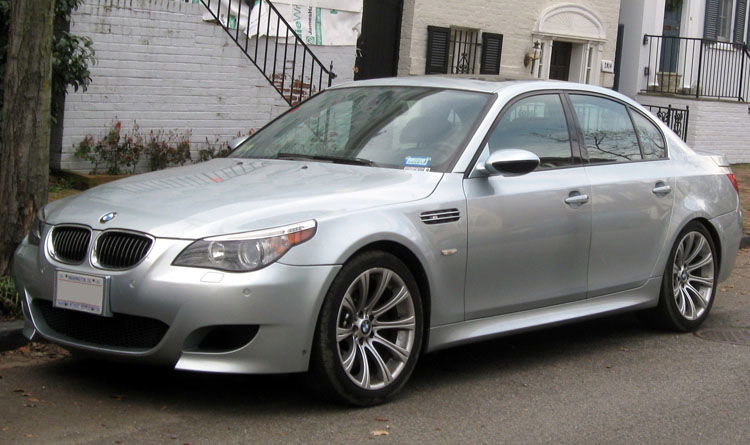
For the mainstream European cars we do get - Audi, BMW, Mercedes-Benz and Volkswagen - they do cost a rather tidy sum of money. Well, not so much with the VWs, but for most Americans looking at vehicles with price points over $50,000, their attention is still with luxury pickup trucks and SUVs. I know it sounds ridiculous to those who’ve not sampled such vehicles, but a brand new Ford F-150 Platinum Crew Cab easily seats five big adults, and it’s not exactly a barebones work truck. Packed with leather and all the modern technologies found in luxury cars, it’s a viable choice for an American family looking to spend $60,000 on a vehicle with good straight line performance, long-distance comfort, gobs of luxury options, four-wheel drive, and the ability to tow a small town.
Meanwhile, the same $60,000 buys a modest midsize E-class Merc, a nicely equipped Audi SQ5 crossover, or a well-optioned BMW X5 SUV. I’m not directly comparing an F-150 to these makes - completely different vehicles for different purposes. I’m just pointing out what American shoppers see - comparable luxury levels, strong straight-line performance, and though it’s a body-on-frame truck, there’s a surprising amount of refinement. Beyond that, the F-150 will fare significantly better in terms of depreciation. And F-150 owners can find parts and/or a Ford dealership in every American town. Outside of major cities, finding support for the German brands can be tough and repair costs are almost always much higher.
5. More bang for the buck

For those American buyers who do want performance in their practical automobiles, you’ve got the Dodge Charger SRT 392 sport sedan with 485bhp and an eight-speed auto for $50,000. If that’s too unrefined, the 464bhp Cadillac ATS-V sells for $60,000; it does 0-60 in under four seconds and matches the Germans for luxury and quality. To get comparable vehicles from Germany, you need to spend quite a bit more and get something with either an AMG or M badge. And those are just a couple examples.
I’m not saying cars are better or worse on either side of the pond. European designs and trends have certainly influenced American manufacturers, and I consider that a very good thing. But from an American perspective, the everyday European cars just don’t fit, and the high-end models just cost too much.



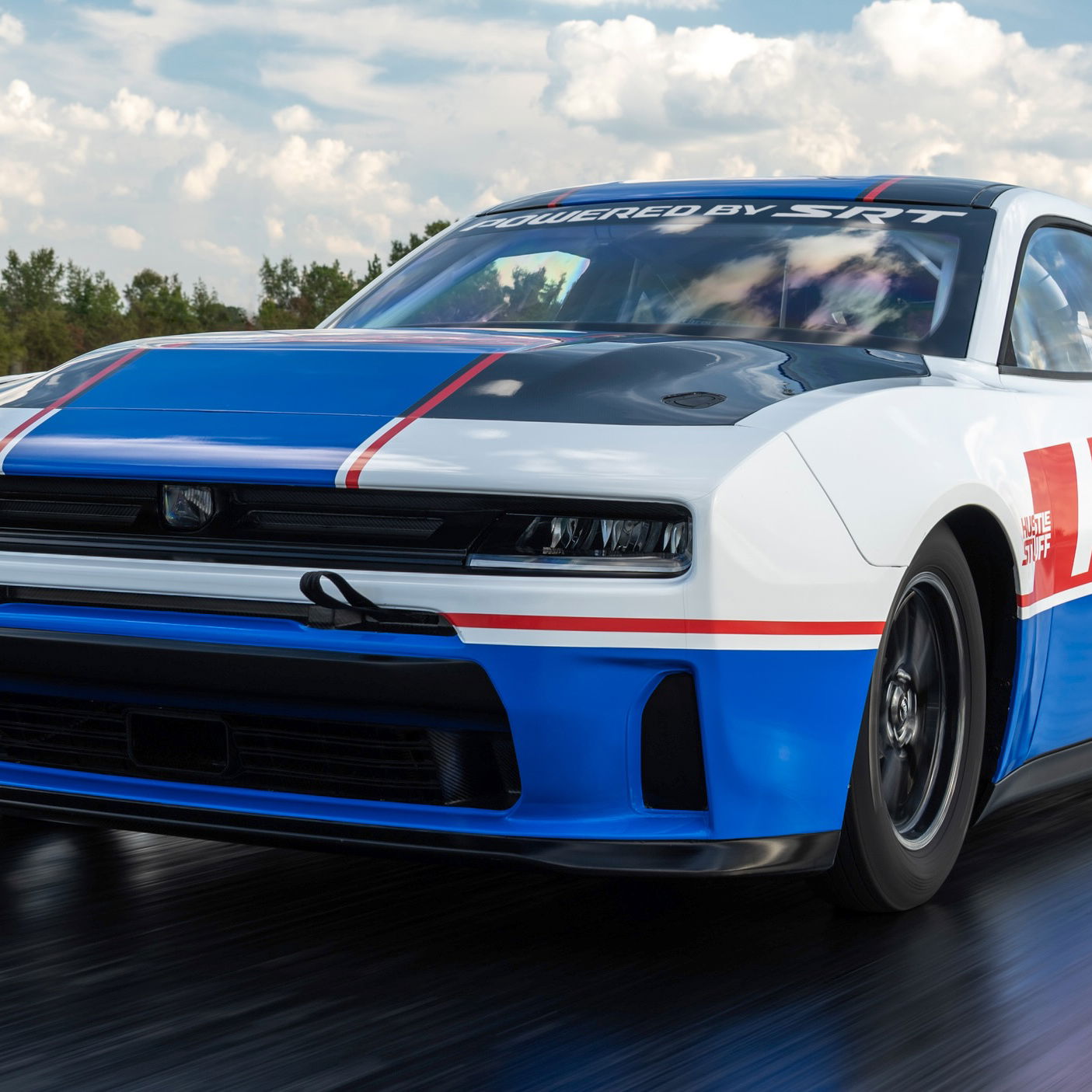
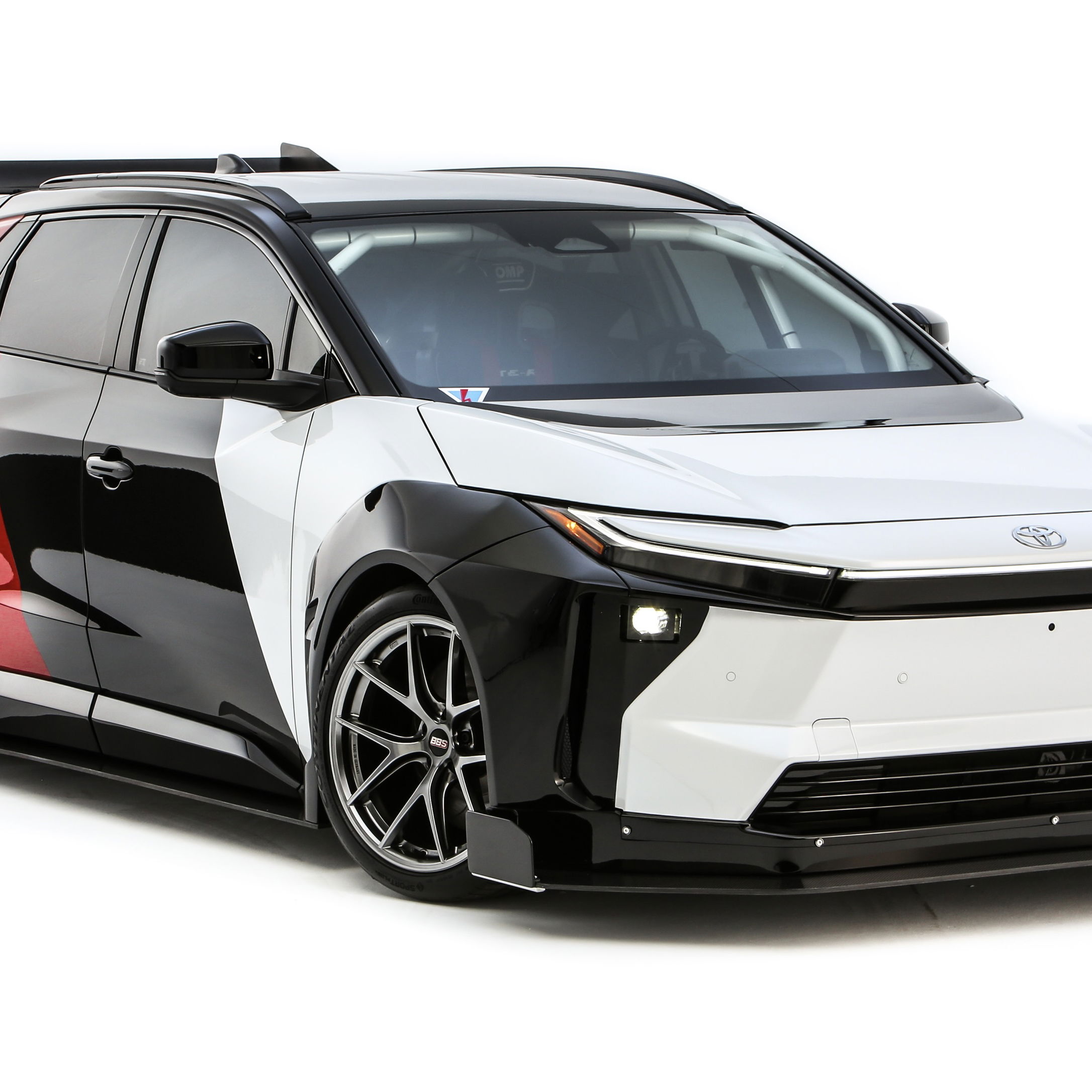



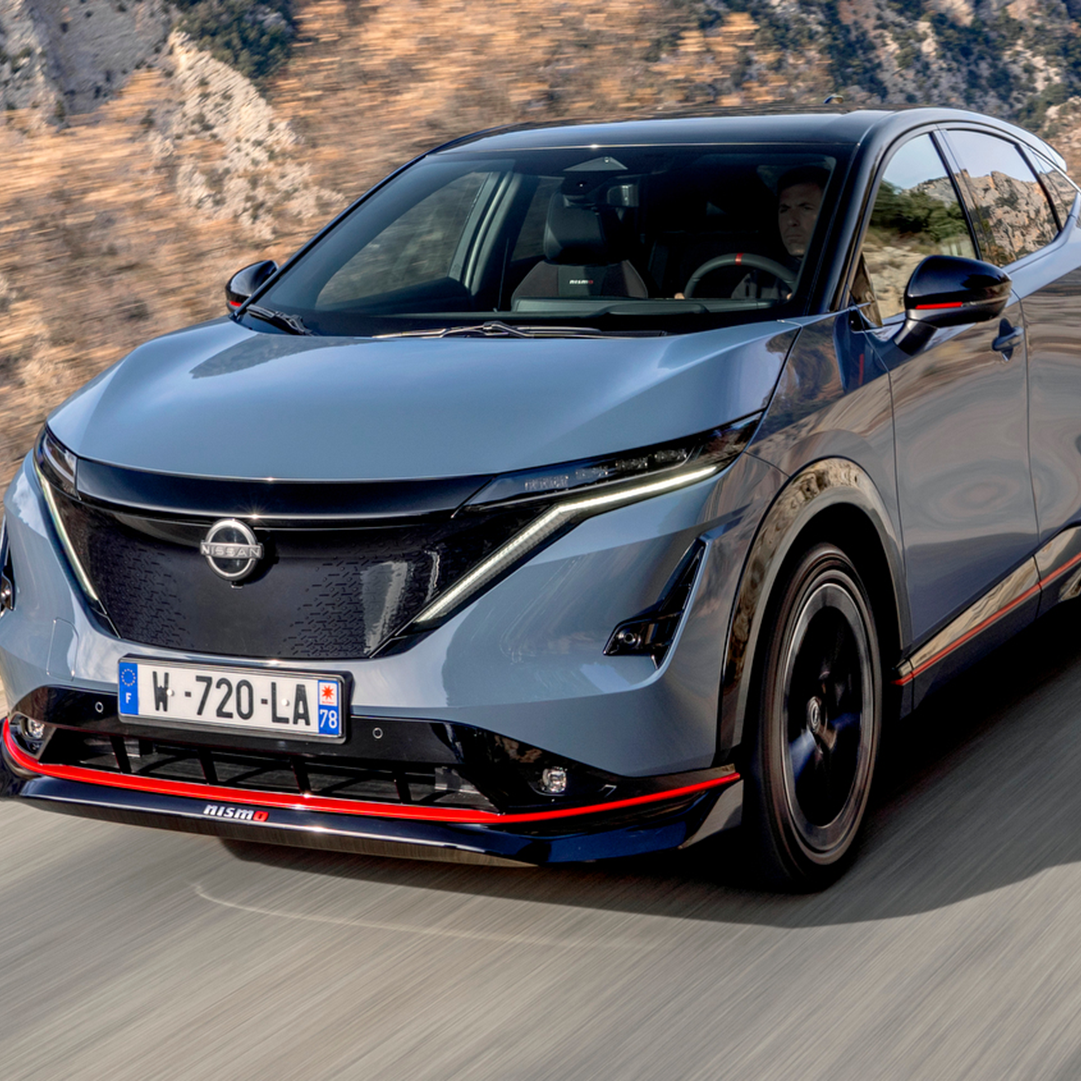


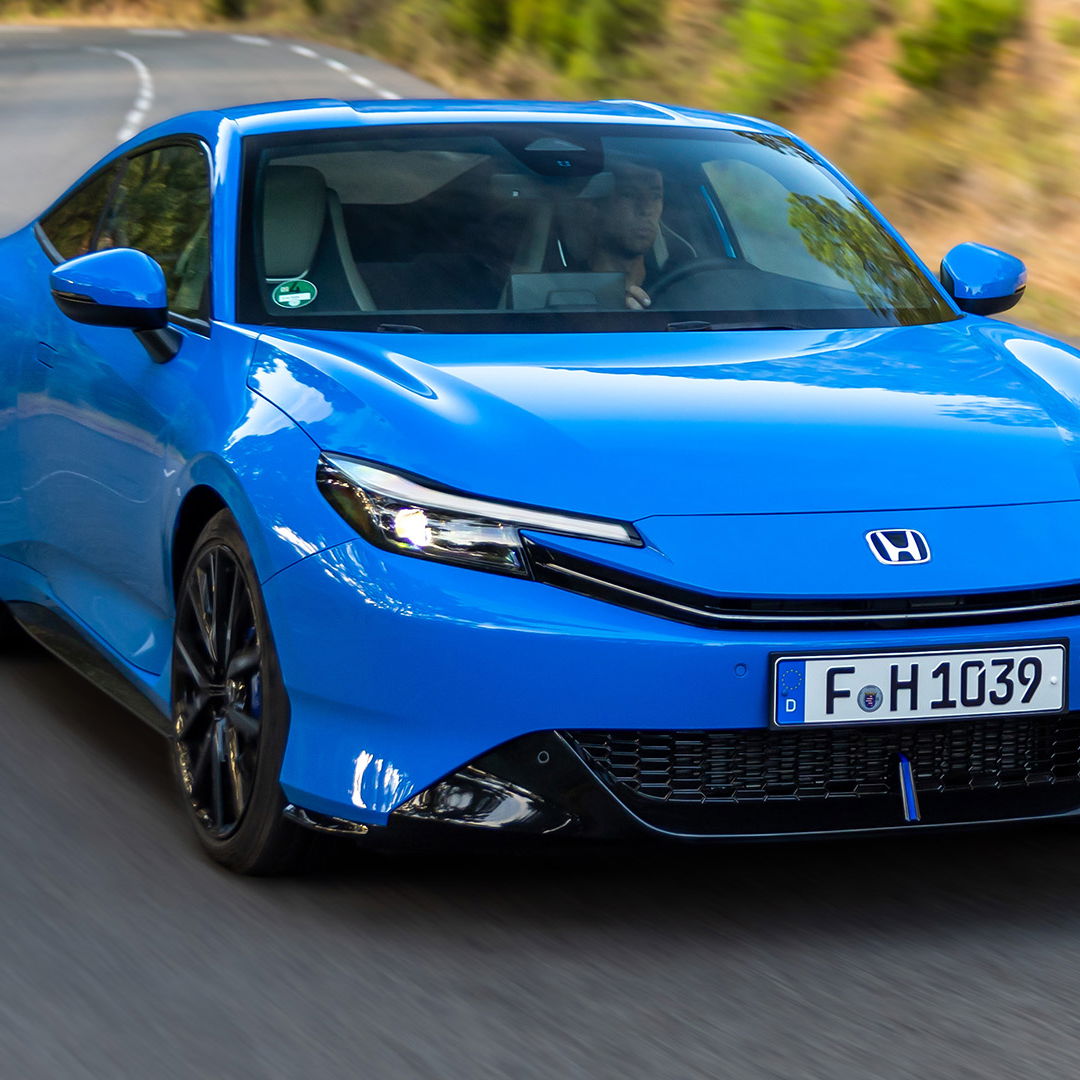
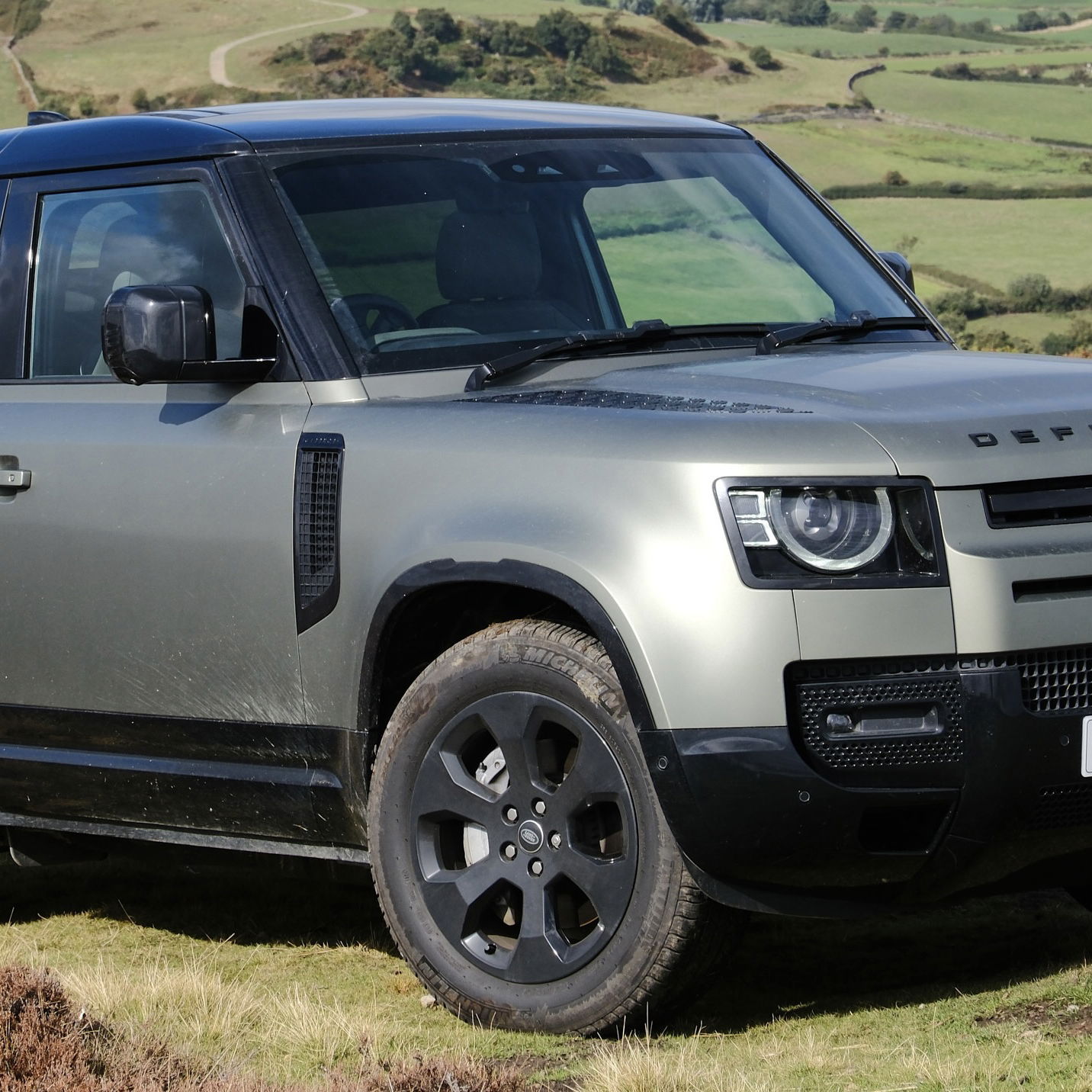

Comments
Wow the comment section is really a grade A sh*tstorm..
All good points but I think another aspect is that a lot of newer American cities were built around the automobile which means less public transport. As a result, people in the US spend more time on the road and roads / cities have been designed to accommodate larger vehicles. On the other hand, many European cities were designed for foot traffic and cars had to evolve to fit this mold which resulted in smaller and more nimble cars. Try driving an F150 through a cobblestone stone street designed in the Renaissance and you’ll see the point. In addition, we travel longer distances on highways on a daily basis so a car that is more powerful, larger, and more luxurious fits the ticket and people are willing to spend on these vehicles due to that fact. This might not speak for the entire US but this is just my perspective being raised in California and travelling to Europe several times in my life.
And that is why American cars do not get sold very well in Europe.
Who’s We? USA or Europe?
I think that it has a lot to with history too. Europe is an small continent, in which most of its cities were built in an age when the widest thing you’d see on the street would be a horse, so cars need to be smaller to fit in those beautiful and narrow streets, while in America, most of the cities (apart from those who sits in the original 13 colonies) are planned for the modern era, in which were built to fit carriages, and later cars, in those streets. So big and wide trucks are acceptable in American cities. As for fuel economy. Europe had two major wars within its territory, so rationing was needed to survive during these times. And this also applies to the car industry, car manufacturers there had to worry about building cars that didn’t use so much petrol when most of the gasoline available was directed to tanks and warplanes. It’s all about the background of that market
I’m sorry, but you really, really cannot equate the “refinement” of an F150 with a European luxury saloon!
I rented a Ford Expedition, which is basically an F150 SUV, whilst in Wyoming this summer. It was terrible! A ride that crashed stiffly through potholes and caused the whole vehicle to jiggle, yet was still undersprung enough to handle like a vat of treacle in corners. Lots of hard and cheap interior plastics that would embarrass a budget car manufacture over here. Appalling fit and finish in terms of trim gaps and the way the interior carpet was glued around fittings (or not). A loud and busy-sounding engine that didnt actually have much thrust, coupled to an incredibly dim autobox. oh, and a fair bit of wind noise too.
I suggest you drive one of your precious F150s back to back with an E-class Merc or Jag XF, THEN comment on relative refinement.
Hem…
Are 90% designed just to stop foreign manufacturers from selling cars in the US. NHTSA regs are different than ECE regs, and ECE regs are used in every other market, only the USA use the NHTSA regs. They’re not better, they’re not more stringent/rigorous, they’re just different for the sake of being different so any manufacturer wanting to sell cars in the USA has to go through both ECE for their own market and NHTSA for the US. For manufacturers that won’t move much product that means not bothering, because it’s not cost-efficient. That’s why a lot of performance models aren’t available in the US. If you want to sell a limited run of 500 cars, Americans can f-word right off. In some cases manufacturers will even bother with having both LHD and RHD, but not the American market.
Plus in most of Europe, Japan, Australia and probably the world as a whol, you can get cars that aren’t up to regs imported anyways, as long as they are up to certain safety and emission standards (usually depending on the year they were built).
And don’t understand power/weight ratio. American cars are heavy. And by that I mean that an American SUV/Pickup will sometimes require a hauling licence to drive, because it’s over 3500kg once you put fuel and the driver in it. 1700kg is considered heavy in most other markets. The Citroën C3 Picasso, which is a decent-sized entry-level 5-seater MPV, weighs 1250kg. Being over a ton is also forwned upon for compacts (think Fiesta-sized).
Less weight to move about = less power needed to move about. If you’re under a ton, 150hp is already a lot of power to play with. If you’re over 2 tons, 200hp is really not good.
Expensive to own with limited support
See number 1. Only high-end manufacturers will bother because of the cost of being both ECE and NHTSA. So you get no simple to own, simple to work on cars, you only get the complicated high-end models. Plus the way the dealership structure works in the US, there’s little chance you’d ever get a Peugeot or Lancia dealership if you don’t live in a big metropolis.
More bang for the buck
Cheap trims. It’s a reason Infiniti can’t get a foothold in Europe: the interior finish is rubbish in most of their cars. You can feel the American market influence. People in Europe want nice interiors.
That’s why most cars that sell in both markets have lower trim levels that aren’t available in Europe. Our poverty-spec trims are higher than American poverty-specs. The Mustang doesn’t even have a poverty-spec trim in Europe, because it costs enough money that people would be outraged if they did.
And when Europeans want a luxury car, the interior is more important than the theoretical power output.
That’s in part why there is such a saying as “Americans don’t get luxury”.
Mercedes Benz A45 AMG, 2.0 litre 4-cyl 381hp…
“We have rigorous crash standards to meet that require all kinds of testing, and for many manufacturers it’s just not worth the effort.”
Obviously in Europe there are no rigorous crash standards, Euro NCAP just kicks one of the fenders and if the car still works after it, it’s approved. Europeans would just accept it, even if the car was made out of cardboard…
Such a stupid excuse…
As long as it gets double digit mpg, I don’t care. 32 or 10 it’s okay in my book.
Pagination